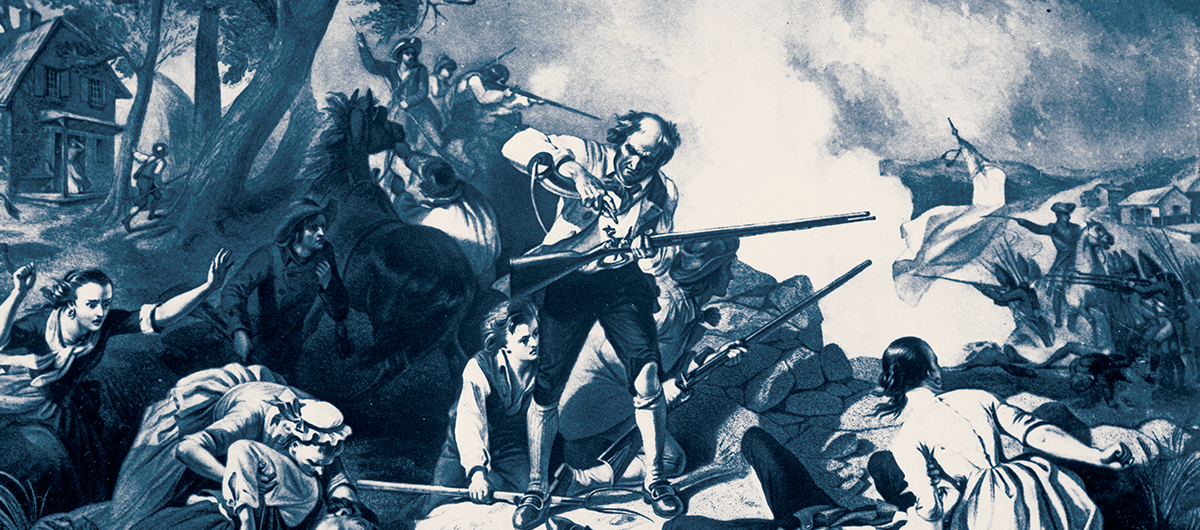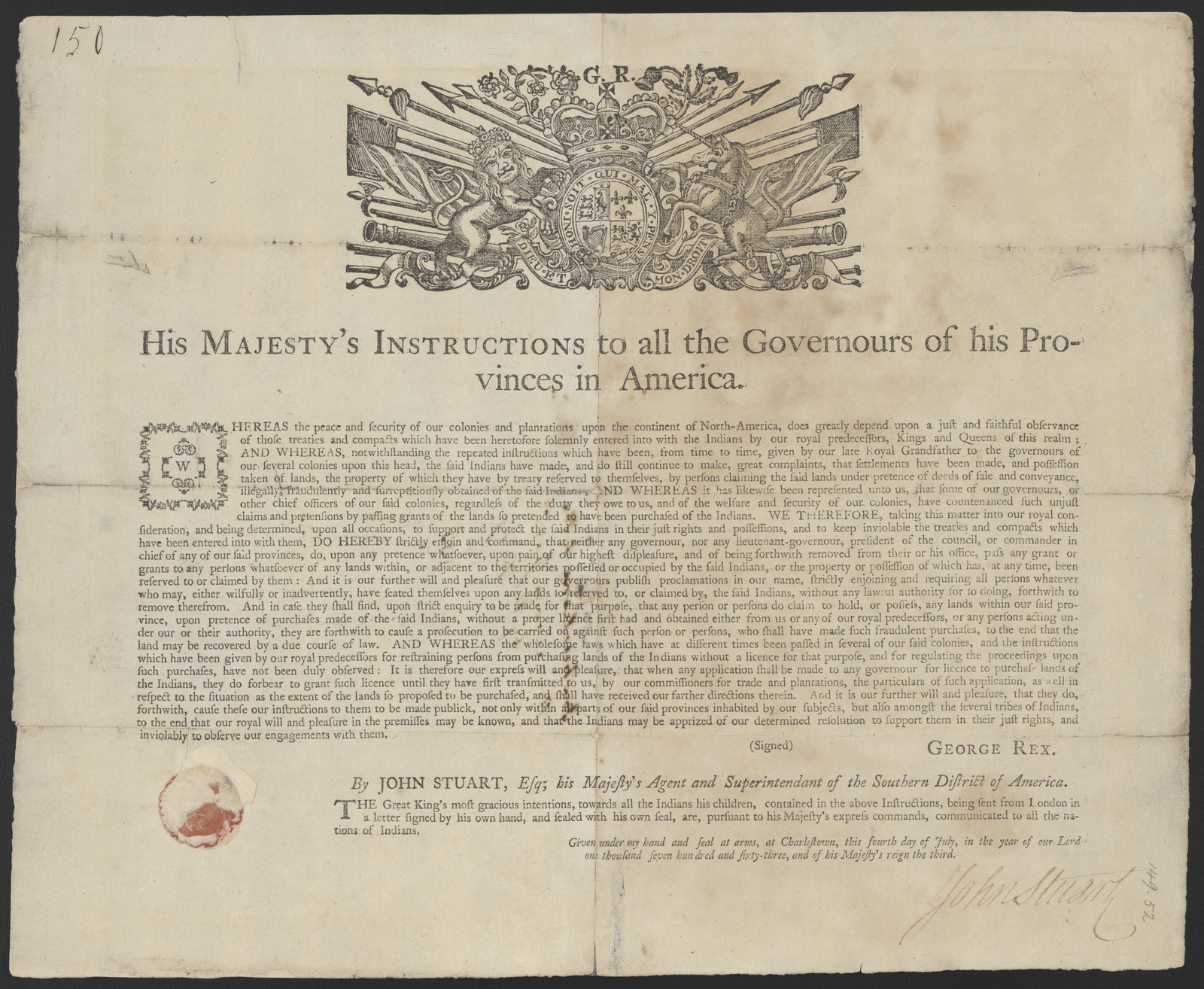
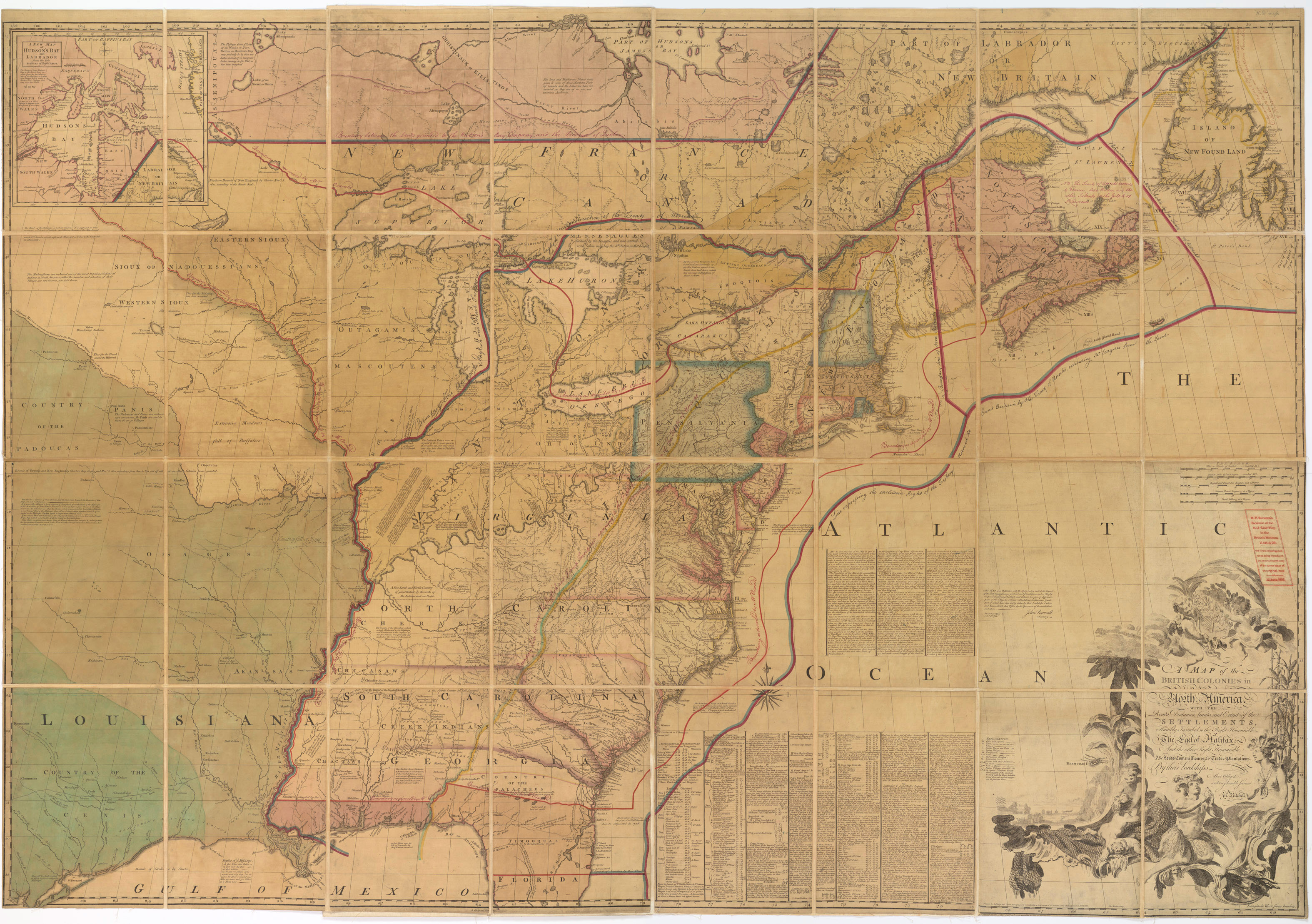
Records of Boundary and Claims Commissions and Arbitrations View in National Archives Catalog
Road to Revolution is a rotating exhibition series highlighting National Archives records that document major milestones and critical historical context to the American Revolution, the Revolutionary War, and the adoption of the Declaration of Independence. Augmenting the well-known sequence of events in the two years preceding July 4, 1776, are displays that focus on the diverse experiences and perspectives for members of the Founding generation whose stories are less well known—including Native Americans, free and enslaved African Americans, and women.
Collectively Road to Revolution reveals that the journey from colonial resistance and rebellion to American revolution and independence is not composed of a single narrative but a story of many intersecting (and diverging) paths in the universal pursuit of life, liberty and happiness.
|
|
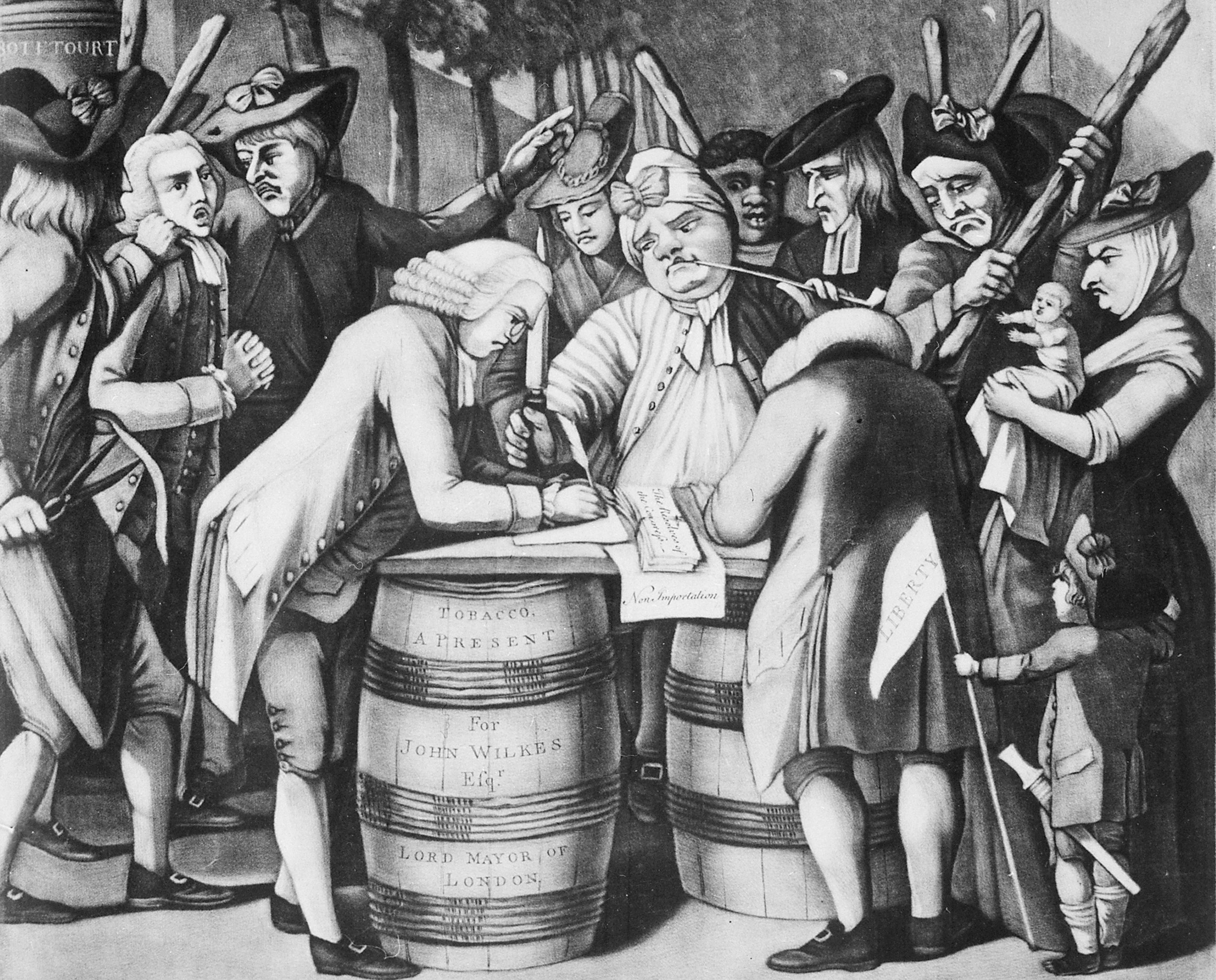 |
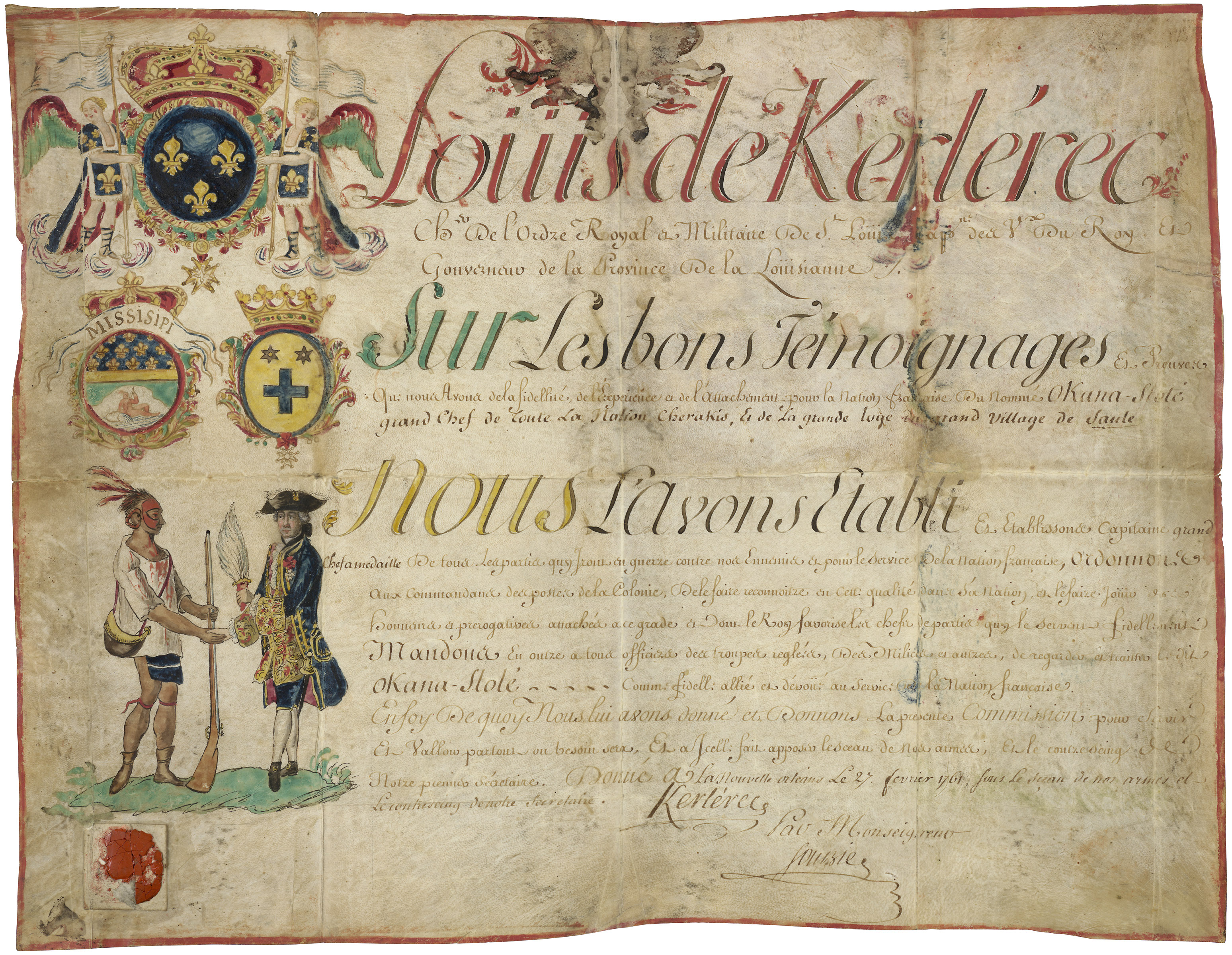 |
| June 21-August 28, 2024 | August 29-October 30, 2024 | October 31, 2024-January 29, 2025 |
|
The origins of the American Revolution can be traced to another conflict–the Seven Years' War. Colonial resistance emerged in response to new imperial policies related to western lands and eastern taxes (and trade) as Parliament grappled to administer its vastly expanded empire.
|
First Continental Congress The First Continental Congress convened to discuss united resistance to the Coercive Acts and issued a Declaration of Rights and the Articles of Association. Recognizing that unity would be essential to forcing a repeal of the so-called "Intolerable Acts," the Continental Association formed local committees to put economic pressure on Parliament–and on their neighbors–to submit to patriotic boycotts. |
Native Americans and the American Revolution The American Revolution aligned and divided Native American communities just as it did British North American colonists. The stories presented reveal that whether Native Americans sided with the Rebels, Redcoats, neither, or both, the actions of tribes and their leaders were primarily motivated by a desire to preserve their land and autonomy. |
Additional Online Resources:
- America's Founding Documents
- Founders Online
- Milestone Documents
- The Text Message: American Revolution
- Military Records Research: The American Revolution
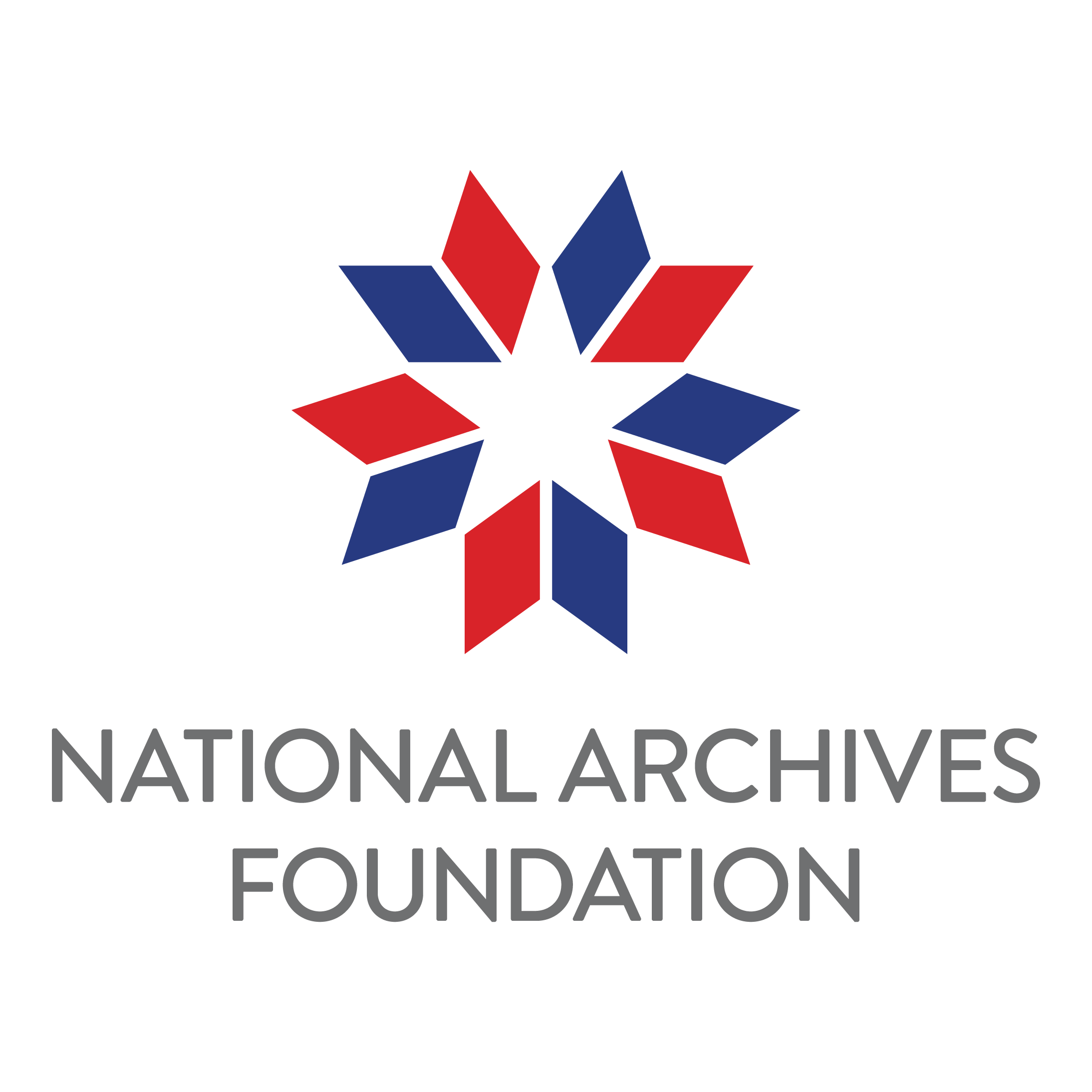
Road to Revolution is made possible in part by the National Archives Foundation, through the generous support of Comcast Corporation and Microsoft Corporation.
Featured Image: "The First Blow for Liberty. Battle of Lexington, April 1775. Copy of print by A. H. Ritchie after F.O.C. Darley" (detail, colorized) National Archives, John K. Hillers Collection View in National Archives Catalog
